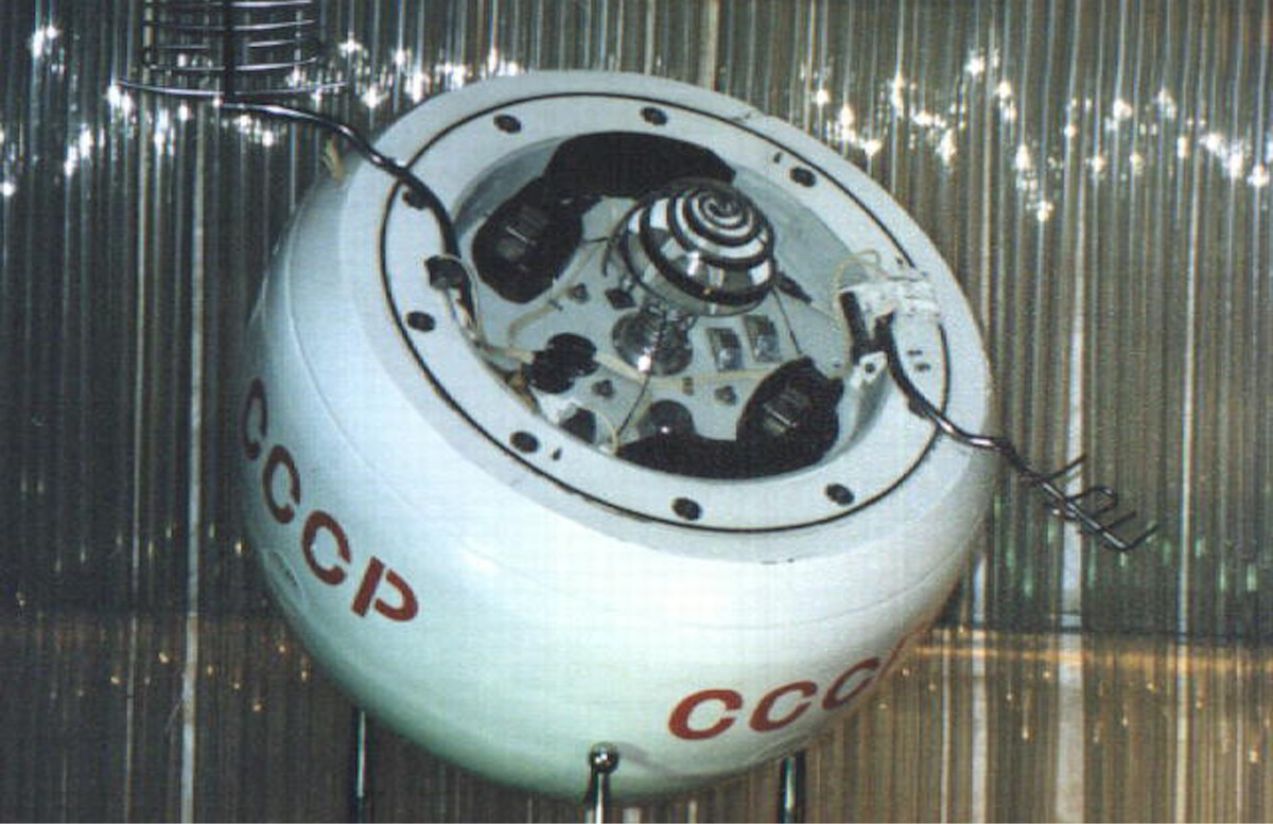A relic from the Soviet space era is about to complete its long orbital journey. Kosmos 482, a space probe launched in 1972 with Venus as its intended destination, is now on the verge of reentering Earth’s atmosphere—more than fifty years later—after being stranded in orbit due to a launch failure.
The spacecraft was launched on March 31, 1972, just four days after its “twin sister,” the successful Venera 8, which did reach Venus. However, a malfunction in the upper stage of the Molniya rocket prevented Kosmos 482 from breaking free of Earth’s gravity. Since then, it has remained trapped in a highly elliptical orbit reaching over 9,000 kilometers in altitude.
Now, 53 years later, experts estimate that the probe will reenter Earth’s atmosphere around May 10, 2025. Although it doesn’t carry any radioactive material and the risk to the public is considered low, the idea of a 500-kilogram capsule falling from the sky is still unsettling.
What remains in orbit is the descent capsule, a sphere approximately one meter in diameter, engineered to endure the extreme conditions of Venus’s atmosphere, where surface temperatures exceed 460°C (860°F). That durability could allow the probe to partially survive reentry, although its age and the harsh conditions of atmospheric reentry make that uncertain.
In keeping with the Soviet Union’s secretive practices, the failure of the mission was never officially acknowledged. Instead, it was given a generic name: Kosmos 482. Just days after launch, fragments of the spacecraft fell over New Zealand, where some fuel tanks were recovered. Other mission-related debris reentered Earth’s atmosphere in 1981 and 1983.
Interest in the probe has surged as its reentry nears. Amateur astronomer Ralf Vandebergh captured telescopic images of the object, showing what might be a deployed parachute. “You can see a compact ball, but several frames reveal a faint elongated structure on one side of it,” he told Space.com. The capsule also appears to be tumbling, making it visible only intermittently.
Kosmos 482 completes one orbit around Earth every 90 minutes, with an orbital inclination of 52 degrees. This means reentry could occur anywhere between 52° North and 52° South. Current predictions place the event on May 10, with a 2- to 3-day margin of error, which will narrow as the date approaches.
Skywatchers can track the probe’s path on platforms like Heavens-Above, which already includes forecasted visible passes from the Northern Hemisphere at dawn around the expected reentry window.
Kosmos 482’s fall is more than just an astronomical event—it’s a physical reminder of the golden age of space exploration and the intense race toward Venus that followed the Moon landings. When the probe was launched in 1972, humans were still walking on the Moon. Now, it returns to a world vastly changed, where Earth’s orbit is increasingly congested with satellites and growing amounts of space debris.




















